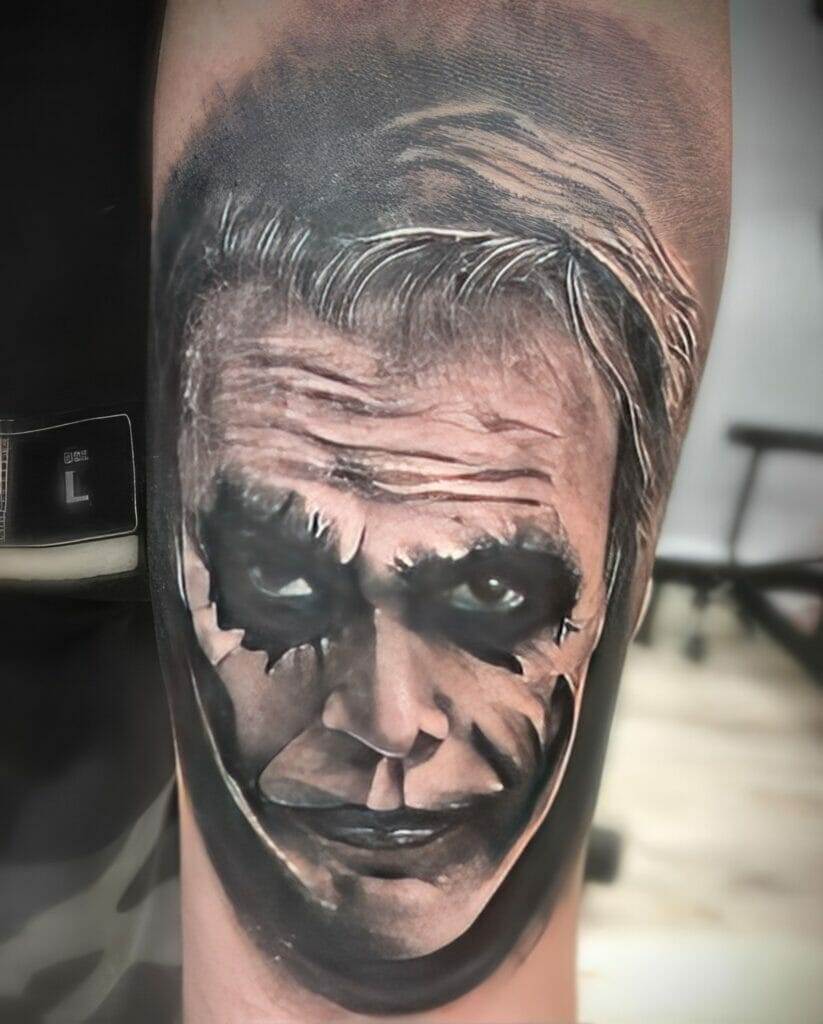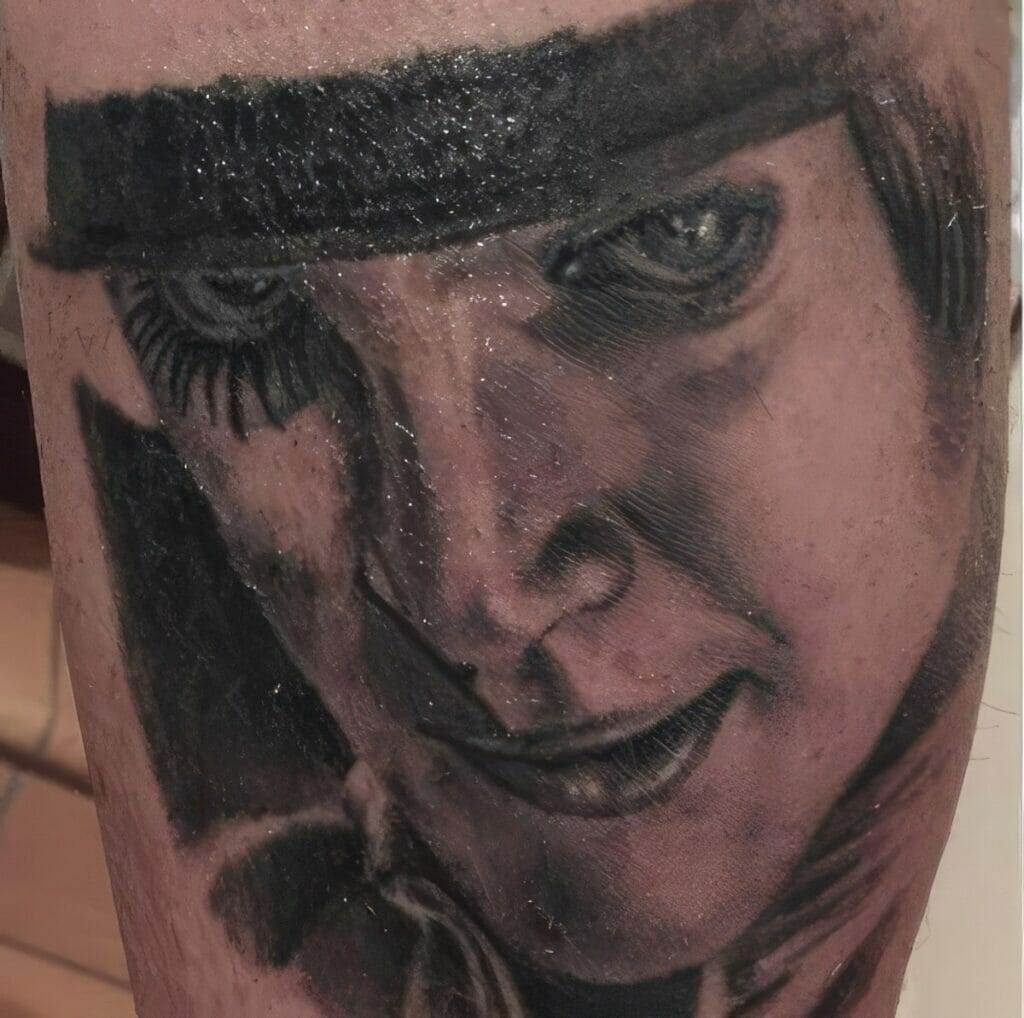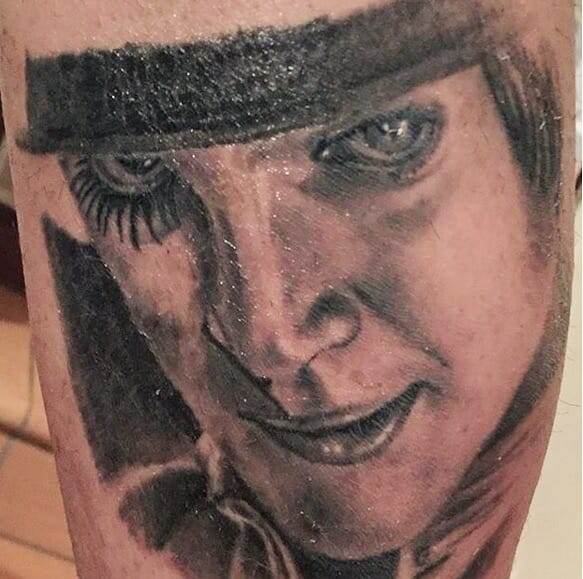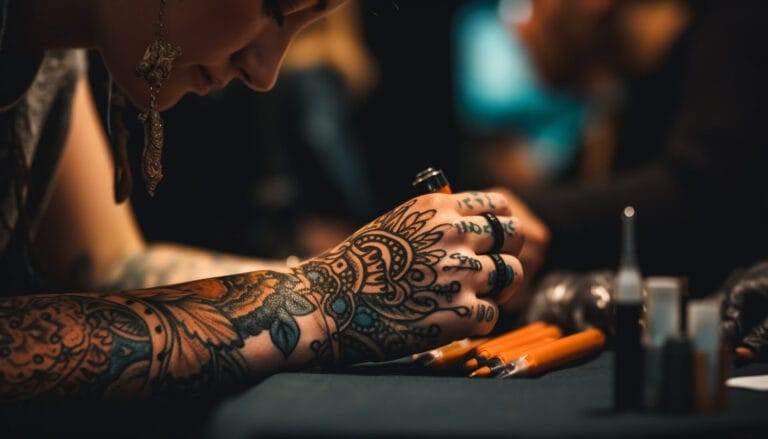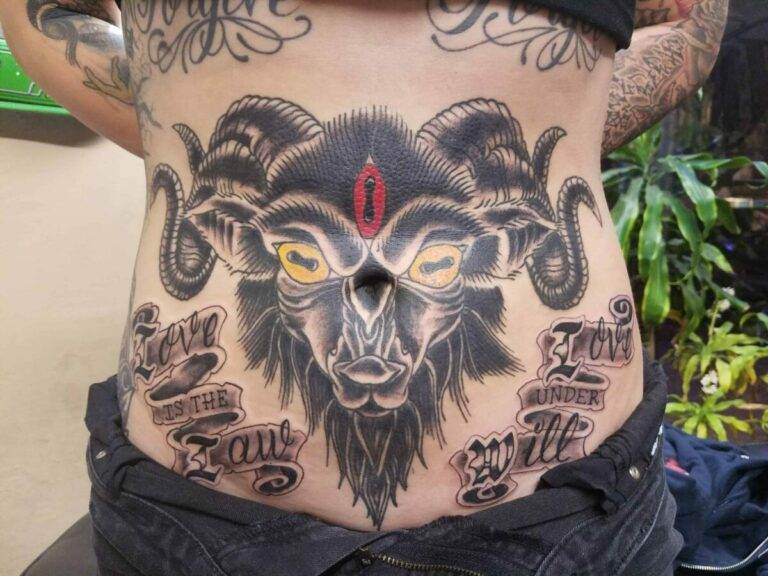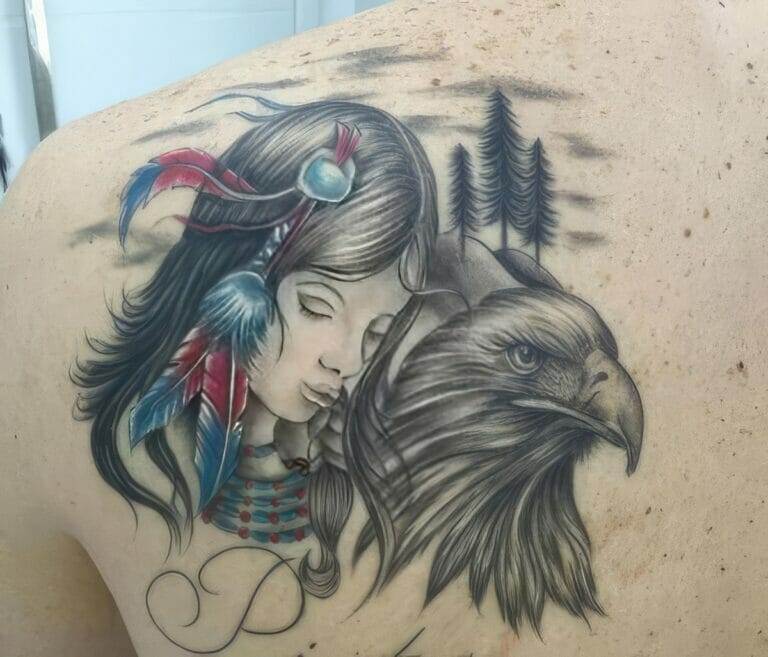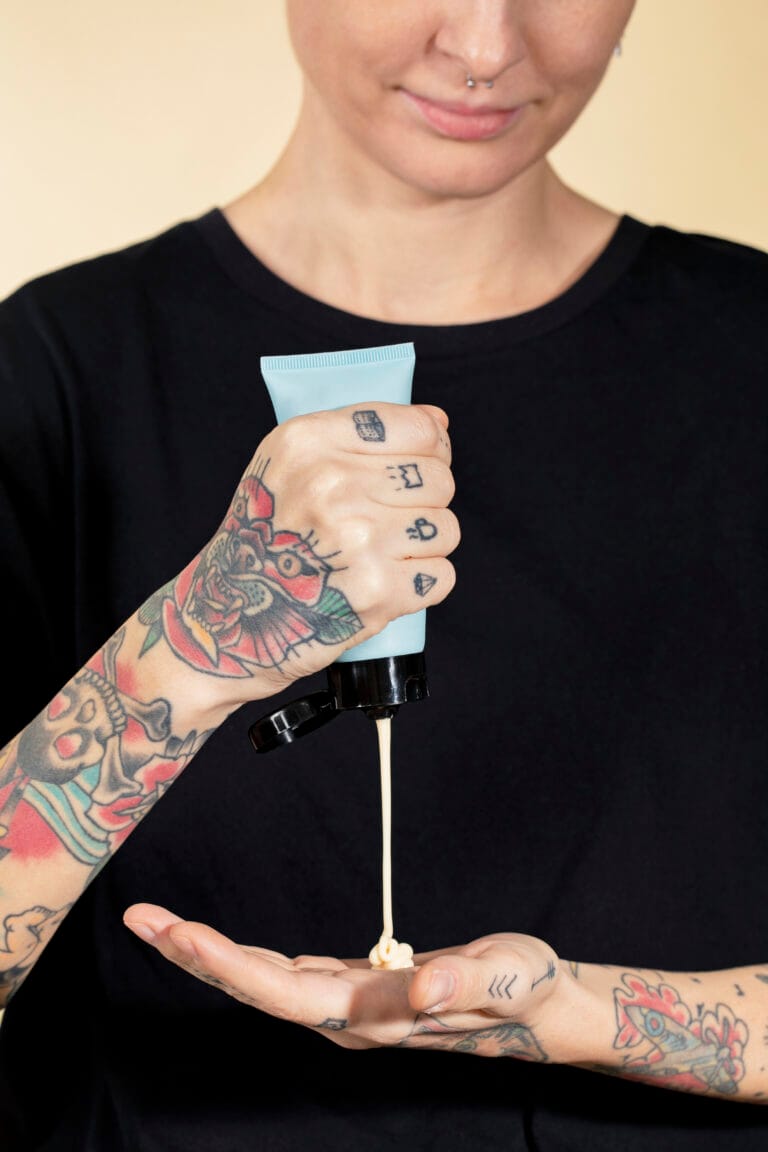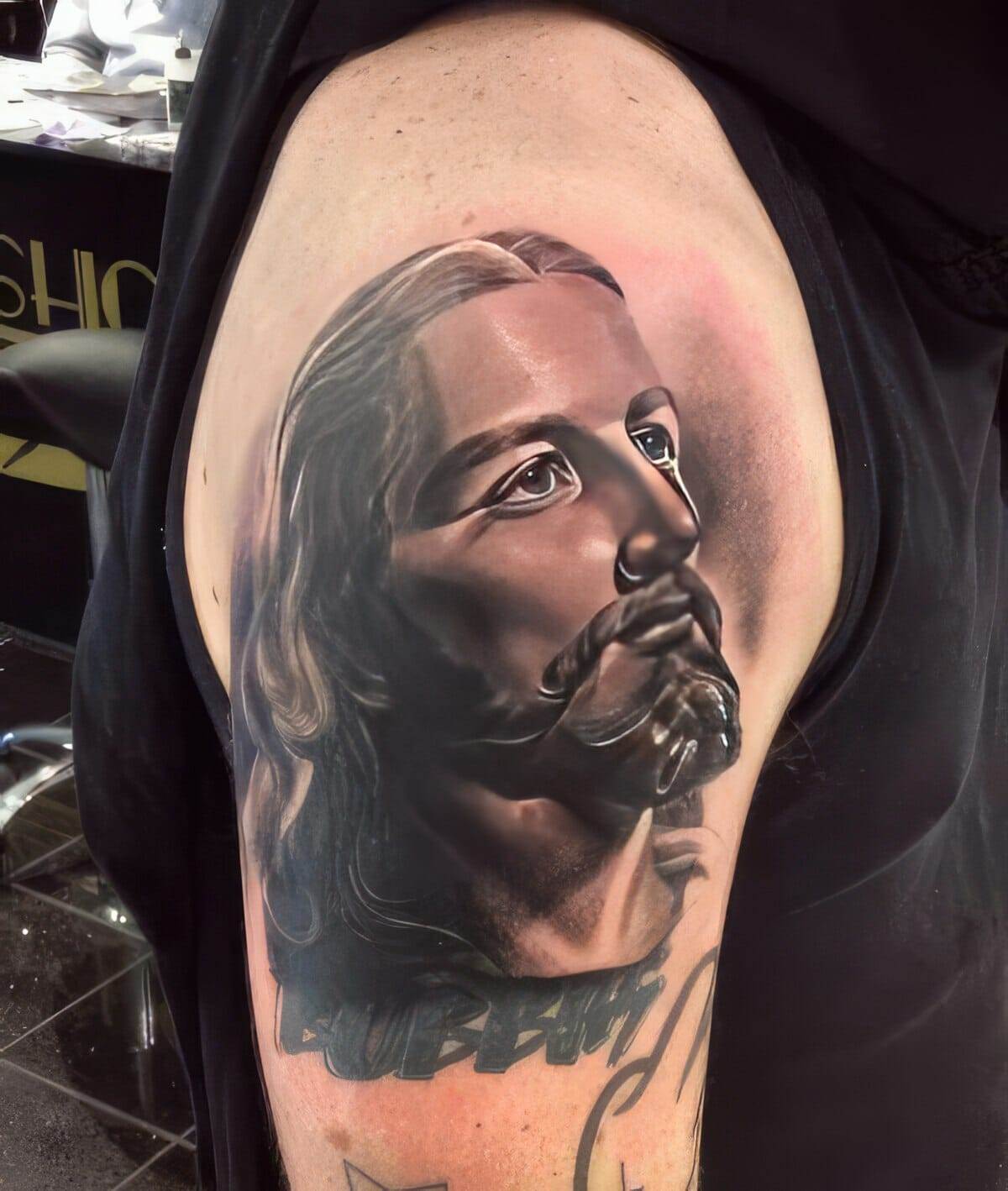
Overview of realistic portrait tattoos
Realistic portrait tattoos are a popular form of body art that aims to capture the likeness of a person or object with meticulous detail. These tattoos are highly sought after for their ability to immortalize loved ones or pay homage to influential figures. Skilled artists can create stunning pieces that resemble photographs, showcasing their mastery of the craft.
Importance of mastering the art of skin
Mastering the art of skin is crucial when it comes to creating realistic portrait tattoos. The human skin is a unique canvas that requires a deep understanding of its texture, pigmentation, and reaction to ink. Artists need to have an in-depth knowledge of different skin tones and how to accurately replicate them using tattoo ink.
By understanding the intricacies of the skin, artists can ensure that their work appears vibrant, lifelike, and long-lasting. This mastery also includes the ability to properly shade and highlight areas of the tattoo to create depth and dimension. Without this skill, portrait tattoos may appear flat or lack the desired level of realism.
In conclusion, realistic portrait tattoos require a high level of skill and expertise to effectively capture the essence of the subject. Mastering the art of skin is crucial for artists to create tattoos that are visually stunning and reminiscent of a photograph.
Understanding Skin Tone and Texture
Anatomy of skin
The skin is the largest organ of the body and is composed of three main layers: the epidermis, dermis, and subcutaneous tissue. Each layer plays a crucial role in the appearance and texture of the skin. Understanding the anatomy of the skin is essential for tattoo artists as it allows them to work with precision and accuracy, ensuring that the tattoo blends seamlessly with the natural contours of the skin.
Different skin tones and their challenges
Skin comes in a variety of tones, ranging from fair to dark. Each skin tone presents unique challenges when it comes to tattooing. Fair skin tends to be more translucent, making it prone to showing colors differently. On the other hand, darker skin tones have more melanin, which can affect the vibrancy and visibility of certain tattoo pigments.
Tattoo artists must be aware of these challenges and have a deep understanding of color theory to ensure that the tattoo translates well on different skin tones. They may need to adjust their techniques, color choices, and shading to achieve the desired level of realism for each individual.
By carefully studying and understanding skin tone and texture, tattoo artists can create realistic portrait tattoos that capture the essence and likeness of their subjects. It is through this mastery of skin that these artists are able to create stunning works of art that immortalize loved ones and pay tribute to influential figures.
Choosing the Right Reference Image
Importance of selecting a high-quality reference image
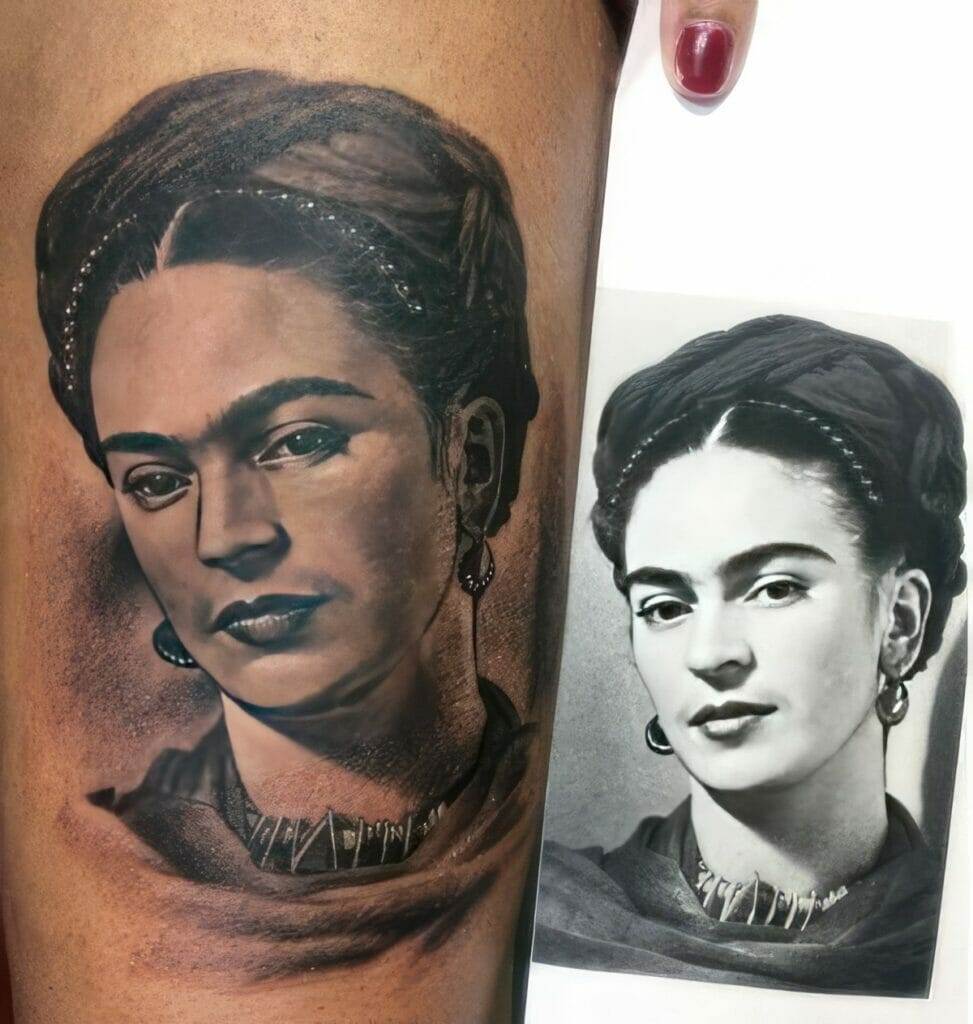
When creating a realistic portrait tattoo, selecting the right reference image is crucial. The reference image serves as a guide for the artist and determines the level of detail and accuracy that can be achieved in the final tattoo. It is important to choose a high-quality image that captures the subject’s features, expressions, and unique characteristics.
Using a low-resolution or blurry image can result in a tattoo that lacks clarity and sharpness. It may also make it difficult for the artist to capture minute details such as the texture of the skin, hair, or clothing. A high-quality reference image allows the artist to work with precision and accuracy, ensuring that every feature is captured perfectly.
Considerations for choosing a suitable image
When selecting a reference image, there are several factors to consider:
- Lighting and Contrast: Look for an image with well-defined shadows and highlights. This helps create depth and dimension in the tattoo.
- Resolution and Detail: Choose an image that has a high resolution and captures the subject’s details clearly. This allows the artist to recreate intricate features accurately.
- Composition: Consider the overall composition and framing of the image. A well-composed photo can enhance the visual impact of the tattoo.
- Expression and Pose: Look for an image where the subject’s expression and pose reflect their personality or the desired mood of the tattoo.
By carefully selecting a high-quality reference image that meets these considerations, tattoo artists can create portrait tattoos that are lifelike and visually striking. This attention to detail ensures that the tattoo accurately represents the subject and creates a lasting tribute or work of art.
Preparing the Skin for Tattooing
Skin preparation techniques
To ensure the best results and minimize discomfort during the tattooing process, preparing the skin is essential. Here are a few techniques that are commonly used by tattoo artists:
- Cleansing: The skin should be thoroughly cleaned with a gentle, fragrance-free soap to remove any dirt, oils, or residue that could interfere with the tattoo application.
- Shaving: If there are any hairs in the desired tattoo area, they should be shaved to create a smooth working surface. This allows the artist to have better control and visibility while tattooing.
- Sanitizing: Tattoo artists must sanitize the skin using alcohol or a similar antiseptic solution to minimize the risk of infection.
- Stretching: Prior to tattooing, the skin needs to be stretched to ensure a steady surface for the artist to work on. This helps prevent the skin from moving or wrinkling during the process.
Moisturizing and priming the skin for better results
Moisturized and well-primed skin can make a difference in the outcome of a tattoo. Here are a few tips to help prepare the skin:
- Hydrate: Drinking plenty of water helps keep the skin hydrated from within, promoting elasticity and suppleness.
- Moisturize: Applying a fragrance-free, hypoallergenic moisturizer to the tattoo area regularly in the days leading up to the appointment can help keep the skin healthy and hydrated.
- Exfoliation: Gently exfoliating the skin a few days before the tattoo session helps remove dead skin cells, resulting in a smoother canvas for the tattoo design.
- Avoid sun exposure: Sunburn or tanned skin can be detrimental to the tattooing process. It is advisable to stay out of the sun or use sunscreen to protect the area that will be tattooed.
By following these skin preparation techniques and maintaining a well-moisturized canvas, tattoo artists can achieve better results and ensure a comfortable experience for their clients. Proper skin preparation is crucial for a successful and long-lasting tattoo.
Mastering Shading and Realism Techniques
Layering and depth in shading
To achieve a realistic and three-dimensional effect in a tattoo, tattoo artists must master the art of shading. Here are some techniques used to create layering and depth in shading:
- Gradation: By smoothly transitioning from light to dark shades, the artist can create a sense of depth and dimension in the tattoo design.
- Hatching and cross-hatching: These techniques involve using lines or crosses to create shadows and add texture to the tattoo.
- Stippling: Small dots or specks are used to create subtle shading and texture.
Blending techniques for realistic portraits
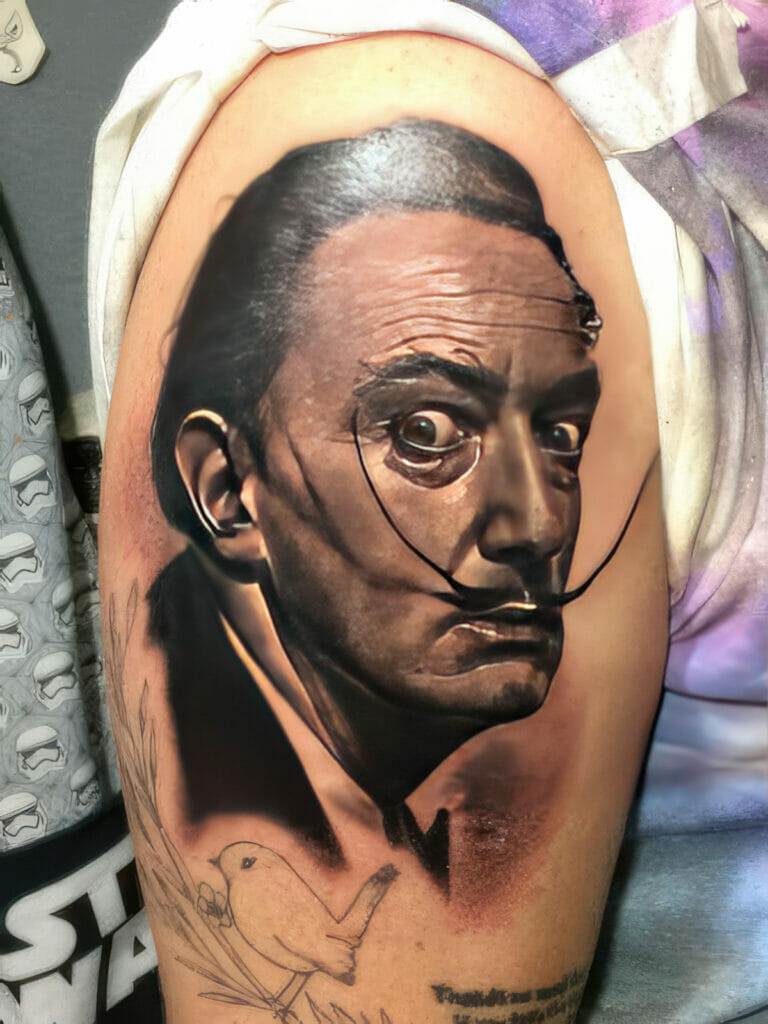
When it comes to tattooing realistic portraits, blending techniques play a crucial role in achieving lifelike results. Some popular blending techniques include:
- Smooth blending: The artist uses a soft touch and a gradual transition of colors to create a seamless and realistic effect.
- Feathering: This technique involves lightly brushing the needle over the skin to create a soft and delicate application of color.
- Dry brushing: By using a small amount of pigment on a dry brush, the artist can create soft highlights and subtle shades.
By mastering these shading and blending techniques, tattoo artists can create stunning and realistic tattoos that capture the depth and detail of the design. Practice and constant learning are essential to perfecting these skills.
Mastering Shading and Realism Techniques
Layering and depth in shading
To achieve a realistic and three-dimensional effect in a tattoo, tattoo artists must master the art of shading. Some techniques used to create layering and depth in shading include:
- Gradation: By smoothly transitioning from light to dark shades, the artist can create a sense of depth and dimension in the tattoo design.
- Hatching and cross-hatching: These techniques involve using lines or crosses to create shadows and add texture to the tattoo.
- Stippling: Small dots or specks are used to create subtle shading and texture.
Blending techniques for realistic portraits
When it comes to tattooing realistic portraits, blending techniques play a crucial role in achieving lifelike results. Some popular blending techniques include:
- Smooth blending: The artist uses a soft touch and a gradual transition of colors to create a seamless and realistic effect.
- Feathering: This technique involves lightly brushing the needle over the skin to create a soft and delicate application of color.
- Dry brushing: By using a small amount of pigment on a dry brush, the artist can create soft highlights and subtle shades.
By mastering these shading and blending techniques, tattoo artists can create stunning and realistic tattoos that capture the depth and detail of the design. Practice and constant learning are essential to perfecting these skills.
Conclusion
Summary of key points discussed
In this blog post, we explored the importance of mastering shading and blending techniques in tattooing. We discussed layering and depth in shading, including techniques such as gradation, hatching, cross-hatching, and stippling. Additionally, we covered blending techniques for realistic portraits, such as smooth blending, feathering, and dry brushing.
These techniques are essential for creating stunning and realistic tattoos that bring designs to life. Tattoo artists must dedicate time to practice and constantly learn to perfect their skills in shading and blending. By doing so, they can achieve lifelike effects, capture depth and detail, and create tattoos that truly wow their clients.

